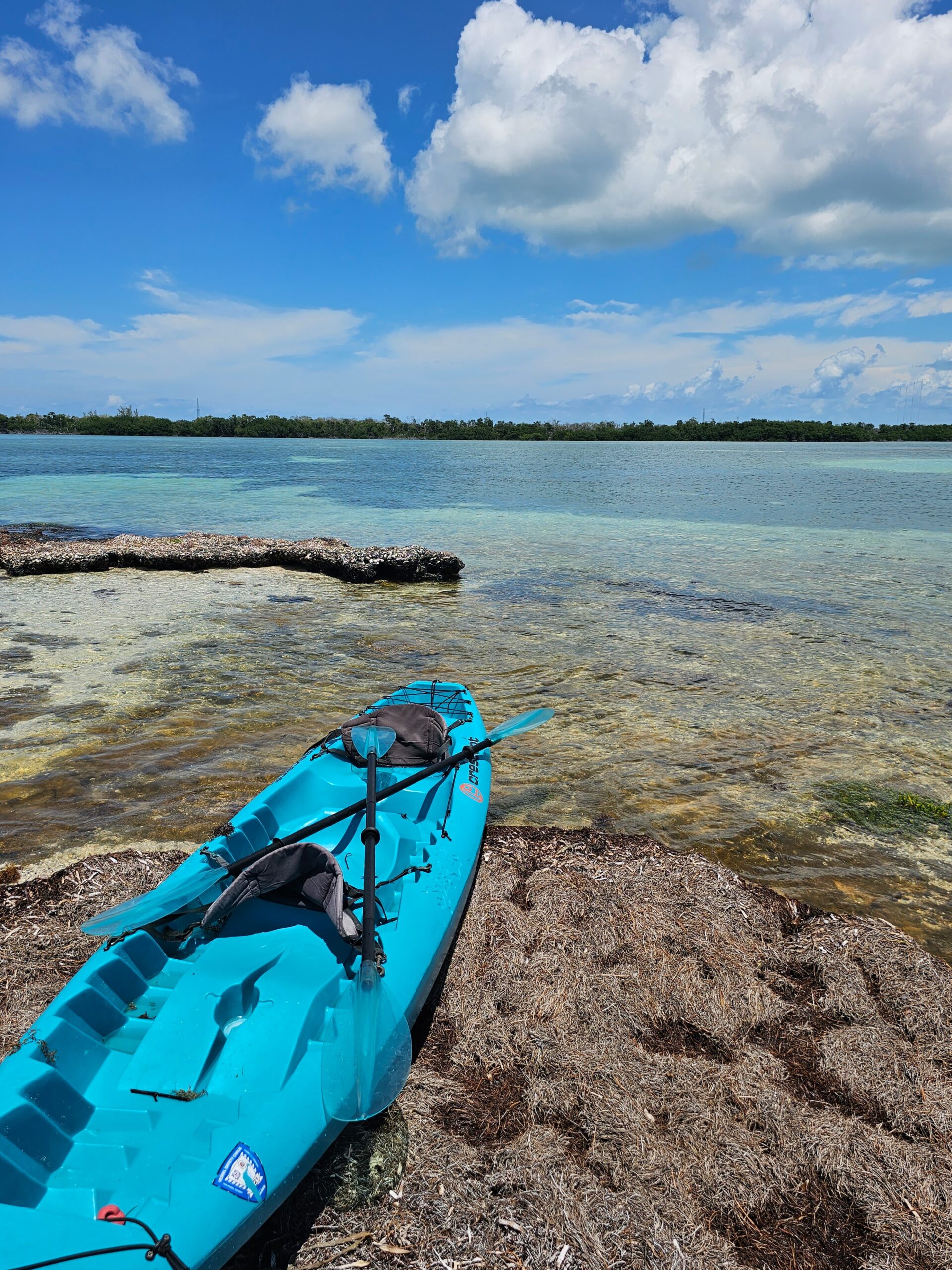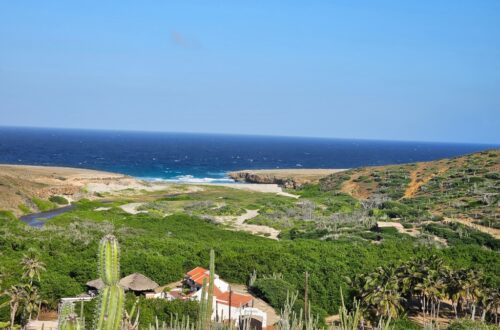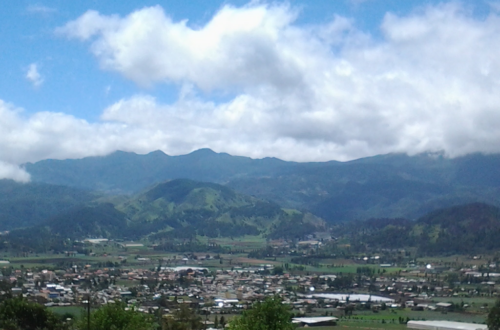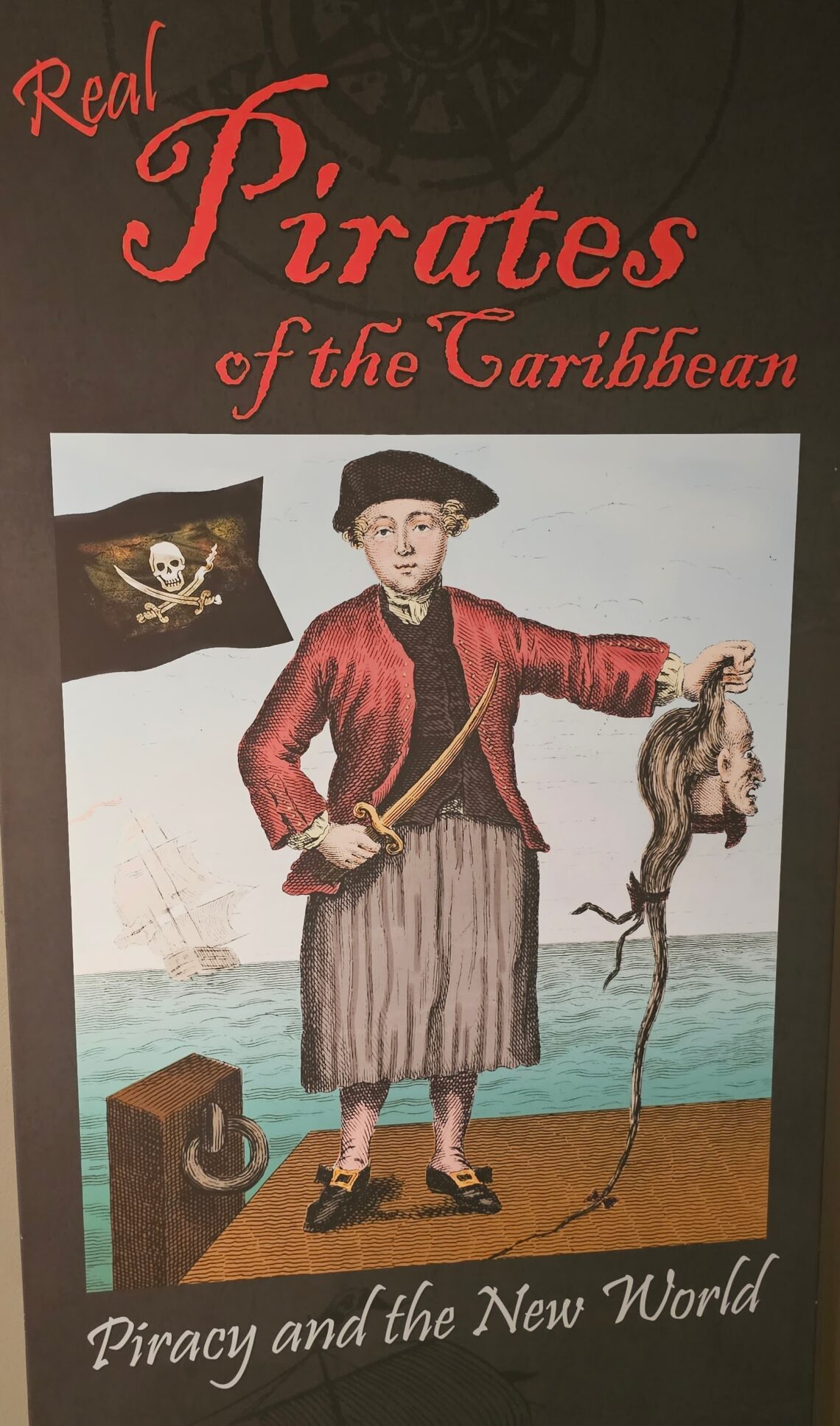
Mel Fisher Maritime Museum: Exploring the Maritime History of Florida and the Caribbean
Key West’s present day is decorated with bars, restaurants, street performers, and tourists worldwide. But it wasn’t always this paradise that snowbirds flock to. It was once plagued with slavery, and colonizers during the Colonial period. Being closer to the Caribbean Islands, it endured piracy that plagued nearby islands such as The Bahamas and Jamaica. Throughout this historical time slavery, plantation economy, and piracy were interconnected through attacks on treasure ships and ports. Centuries later Florida maintains a connection to the Caribbean as natives seek refuge from political instability and poverty. A visit to the Mel Fisher Maritime Museum presents these tumultuous times through exhibits of treasure, ships, slavery, and homemade vessels.
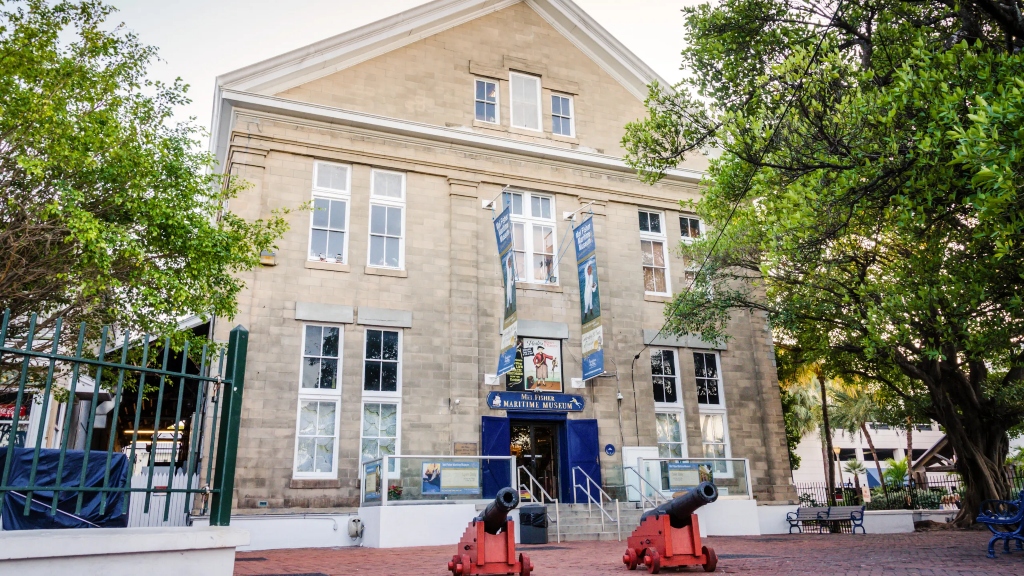
A homemade vessel is the first exhibit you’ll encounter before entering the building. The Mariana, a Cuban raft is on display detailing the history of Cuban rafters. It lies in the museum’s courtyard before a backdrop of cute boutiques and cafes; a humbling reminder of American privilege. The battered cold metal that endured a treacherous journey still carries the weight of uncertainty of its Cuban inhabitants. Its cold welcome sets a tone for what to expect inside.

The following exhibits will take you through the harsh realities of the journey to the New World and its artifacts left behind. Treasures of gold and silver, jewels, and ship tools were all lost from the wreckage.
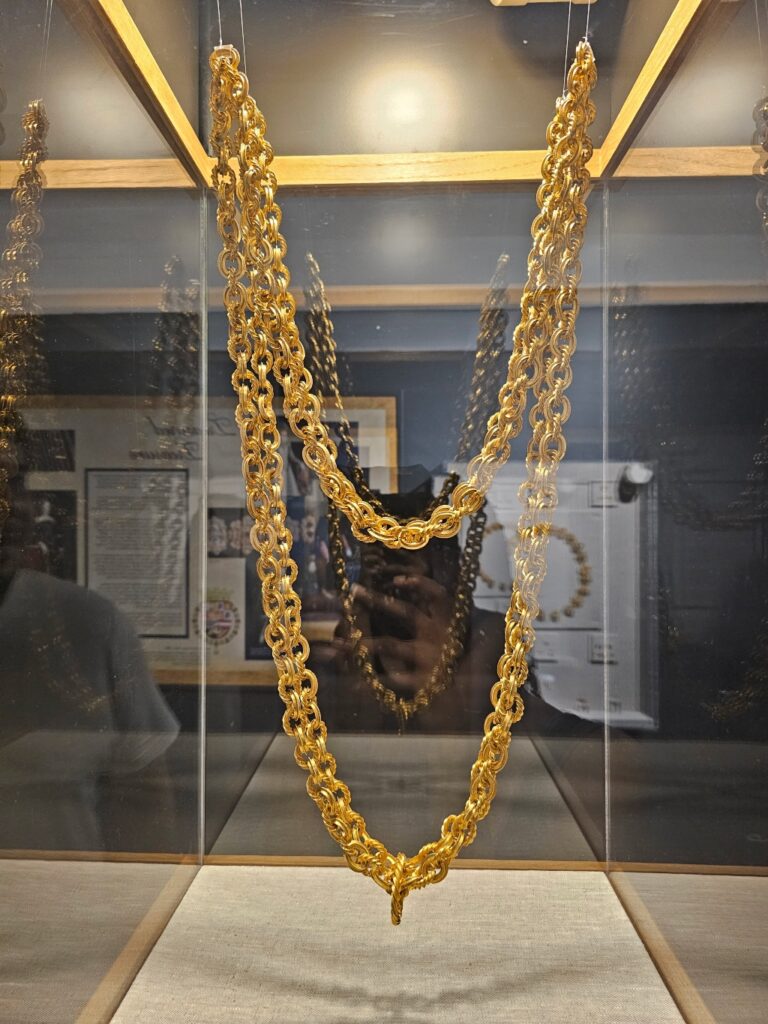
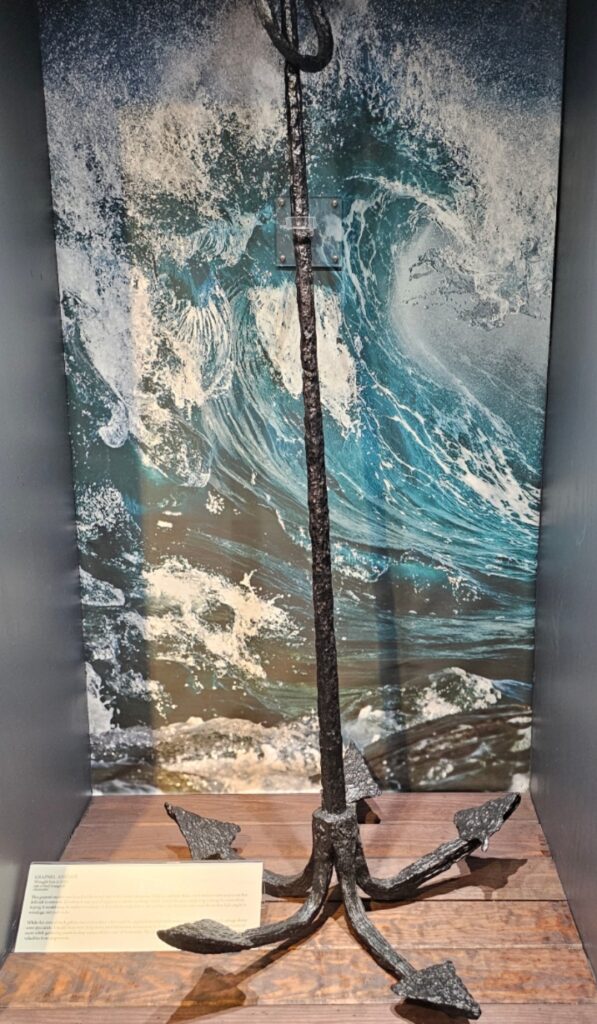

These treasures were taken from indigenous lands and therefore Indigenous history in the Americas is heavily represented. The Spaniards minting gold from Peru and Colombia are especially discussed. The Europeans’ quest for new land and personal wealth entailed dangerous routes for ships which many sunk sailing through hurricanes. However, they persisted with the transatlantic slave trade for cheap labor and debt relief. Pirates wanted the wealth that metals, spices, and slaves offered, which fueled a lot of European ships and ports raiding.
You’ll learn some surprising alliances that formed amongst these groups that aren’t typically taught in US secondary education.
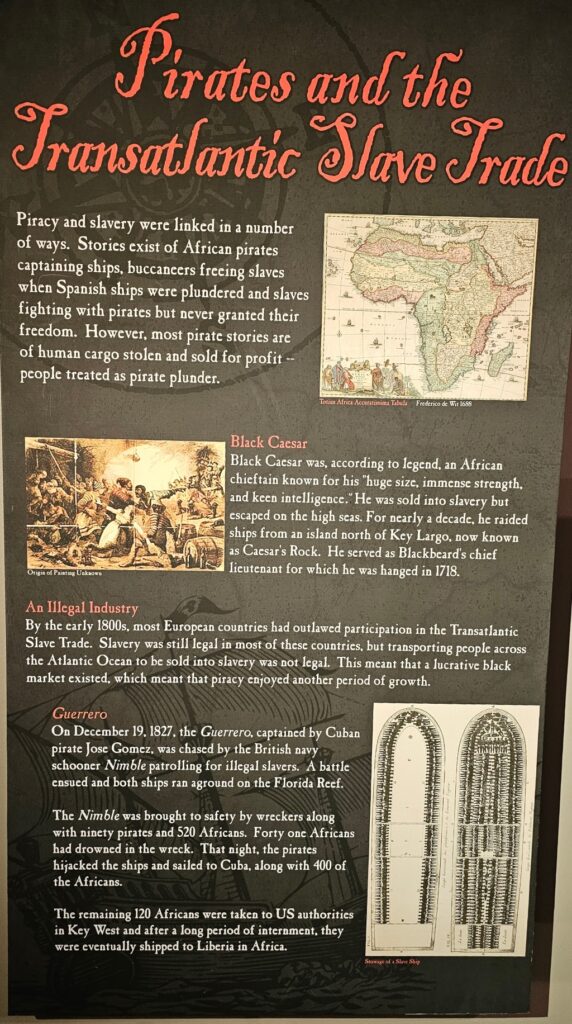
Many aren’t aware of how piracy and the slave trade were sometimes interconnected. Although pirate activities involved violence, murder, and theft there’s another aspect of various pirates freeing slaves. It was interesting to know they had an altruistic side.
Women and piracy are another unknown aspect to many. Their stories show the necessary strength and perseverance women utilized to have a place in society. But they couldn’t always have such rights as themselves. Some had to disguise themselves as men to receive benefits such as family payments. Others however were fierce and undisguised commanding fleets and overturning empires.
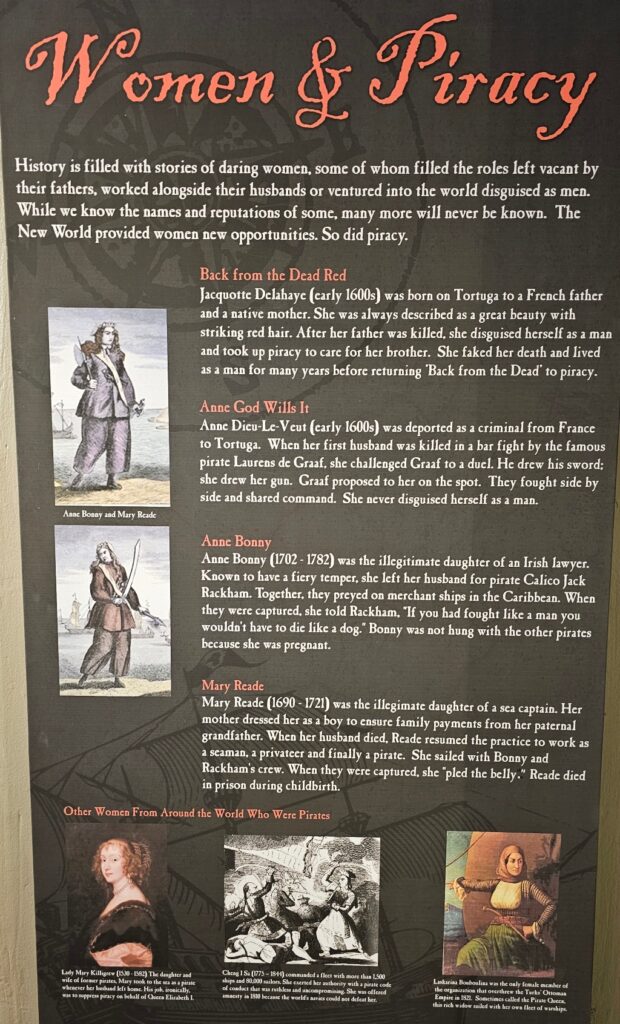
Remnants of these historical times remain such as cemeteries for deceased Africans that did not survive the journey to the new world.
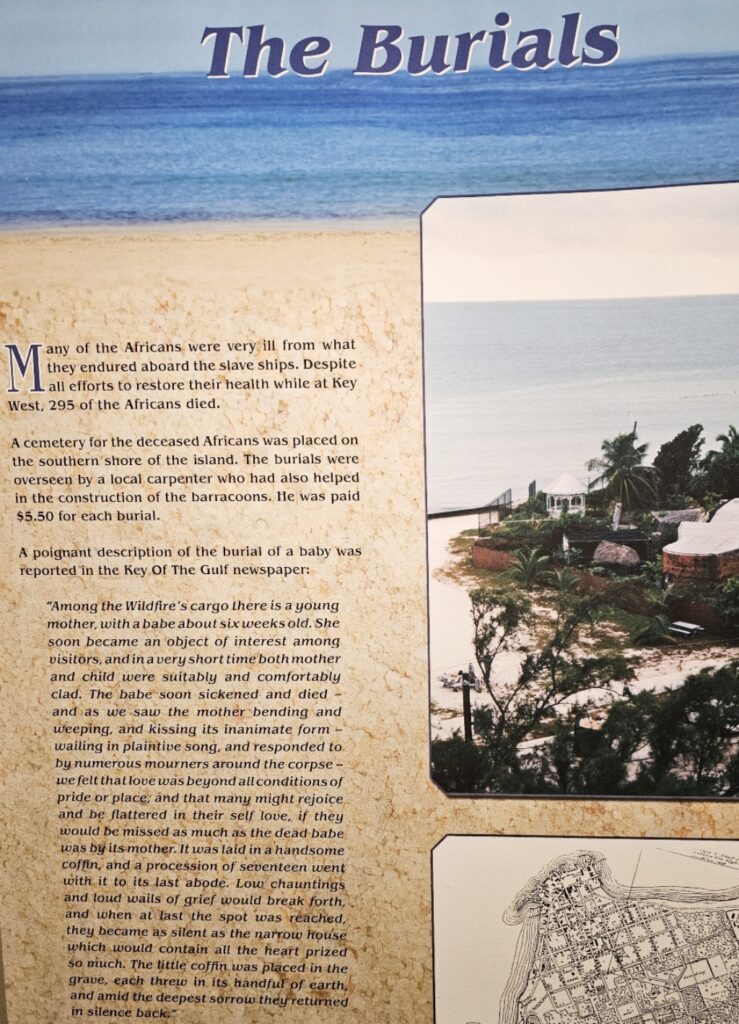
Stories of their last days are revealed in old newspaper stories. Their graves were identified by simple X’s recorded on old maps. History carried on through these gravesites including structures built over it in the Civil War era. Therefore the graves were relocated and are still waiting to be found.
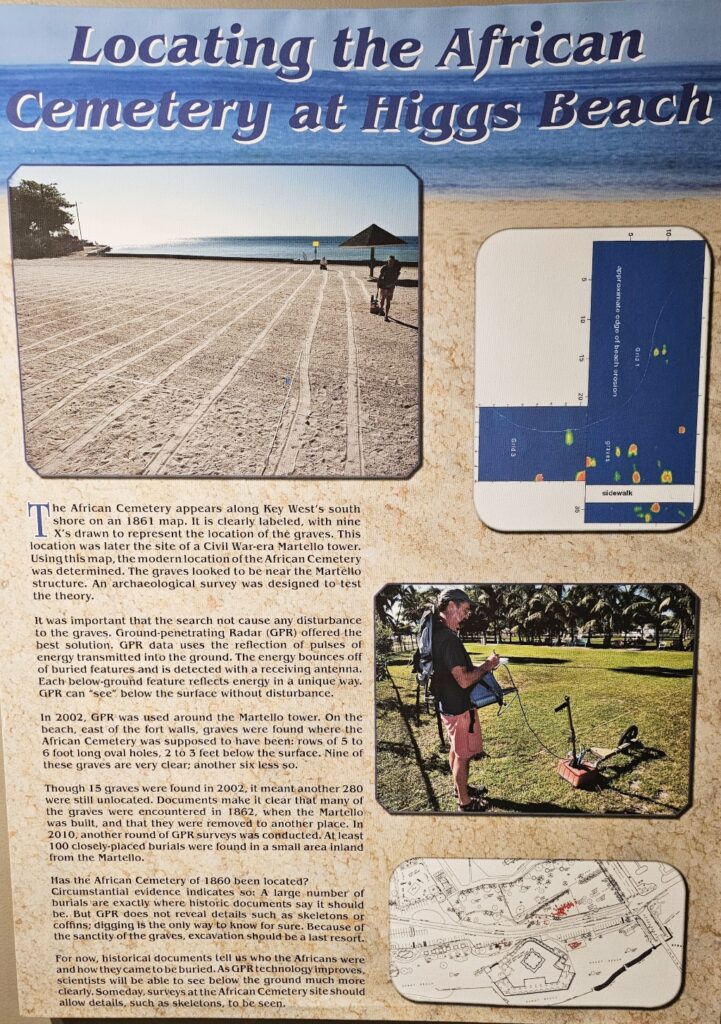
As for the treasure, treasure hunters such as Mel Fisher have been prosperous in discovering the Nuestra Señora de Atocha in 1985 hence his museum and treasure stores. According to shipwreck historians, there are still copper ingots, bronze cannons, silver coins, and gold and silver bars awaiting discovery in unexplored shipwreck sites. Mel Fisher’s expeditions still work on salvage projects to unveil treasure-laden shipwrecks lost in time.
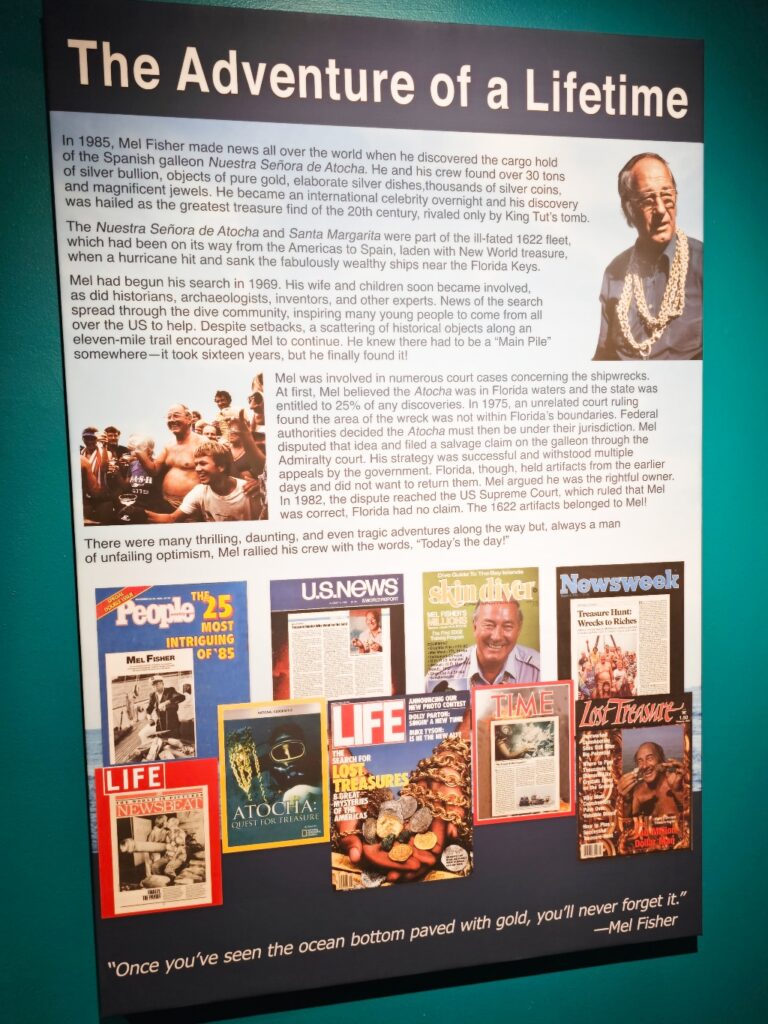
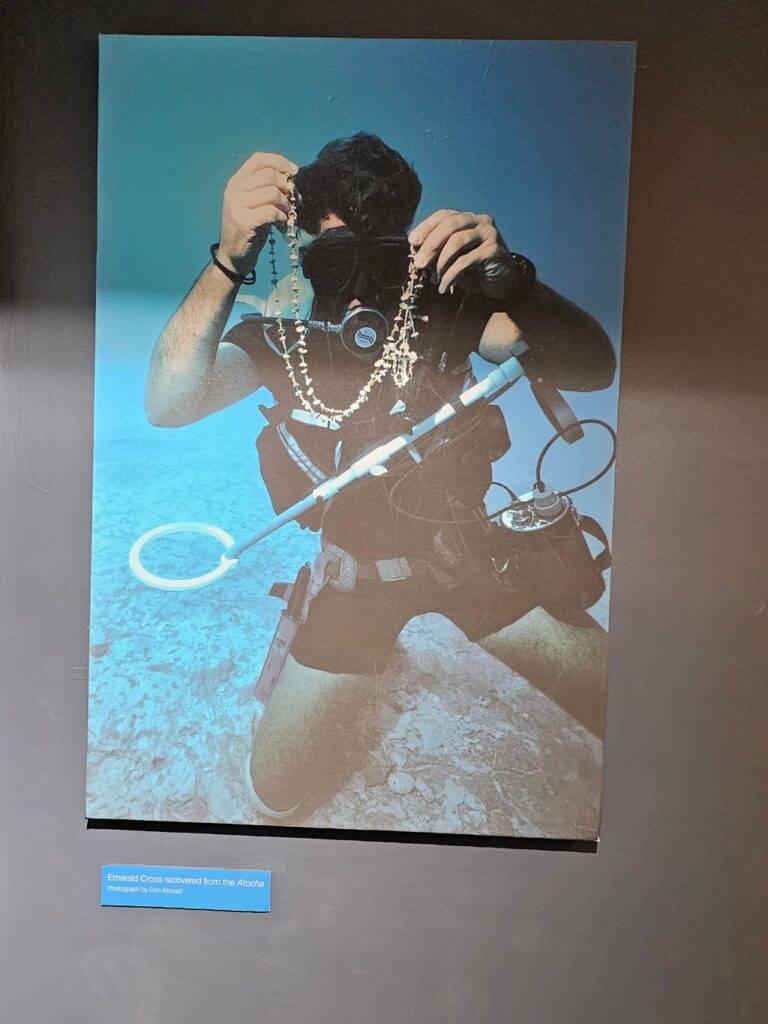
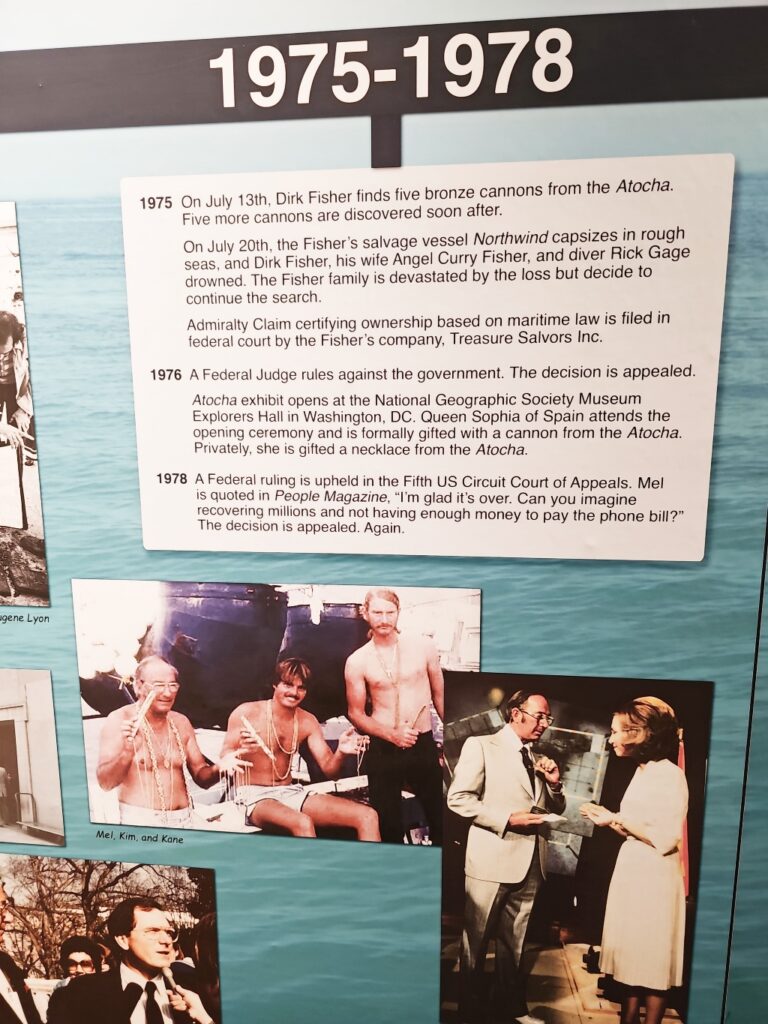
Mel Fisher’s Treasures is just a few blocks away from the museum where you can purchase original treasure found from Fisher’s 16-year search for The Atocha. Fisher’s shop is a testimonial of his perseverance and daily search motto “Today’s the day” eventually paying off. Despite all the court cases he endured to maintain ownership of his findings, he remained victorious. His quest lives on through his descendant’s continuation of treasure hunting.
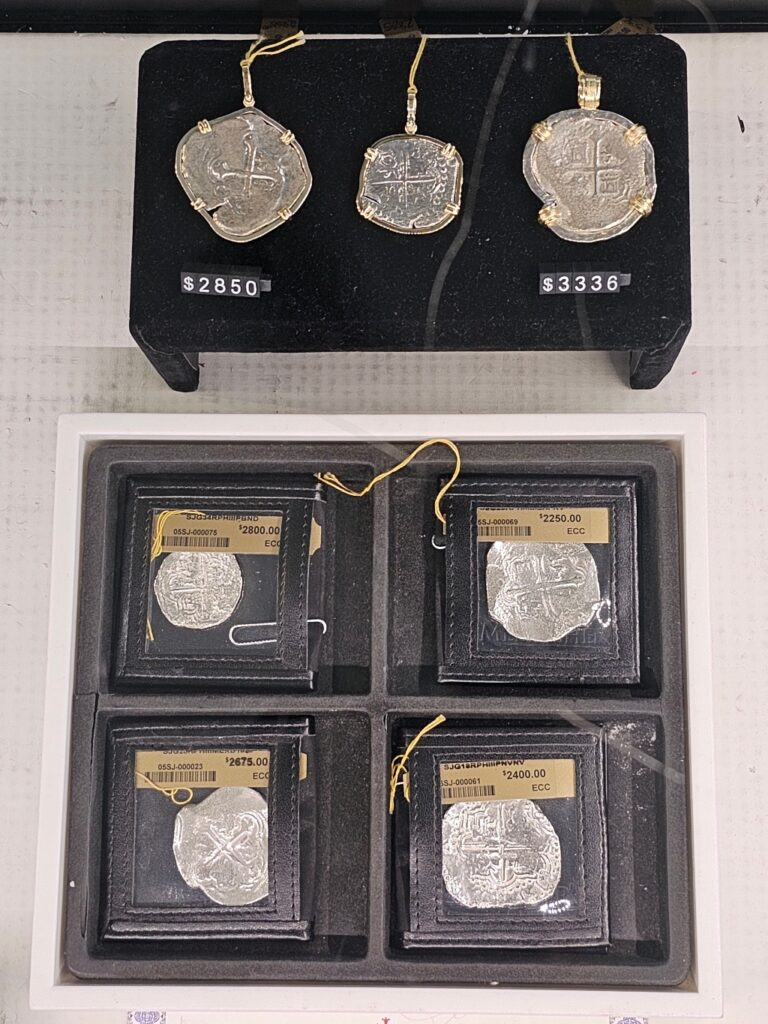
There is a powerful difference between reading history in a book and seeing remnants of it firsthand. Visiting Mel Fisher Maritime reveals that history lies beneath the sea, in unknown burial grounds, and coveted resources.

